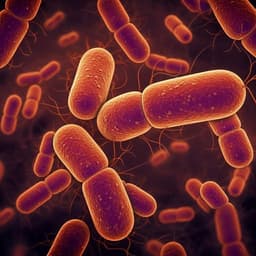
Biology
Optimization of C-to-G base editors with sequence context preference predictable by machine learning methods
T. Yuan, N. Yan, et al.
Discover groundbreaking advancements in base editing technology! This study reveals efficient and precise C-to-G base editors engineered for high fidelity and predictable outcomes, making a significant leap in genetic editing. Conducted by an expert team including authors from Shenzhen and Shanghai institutes, these findings pave the way for enhanced genetic modifications in various applications.
~3 min • Beginner • English
Related Publications
Explore these studies to deepen your understanding of the subject.







